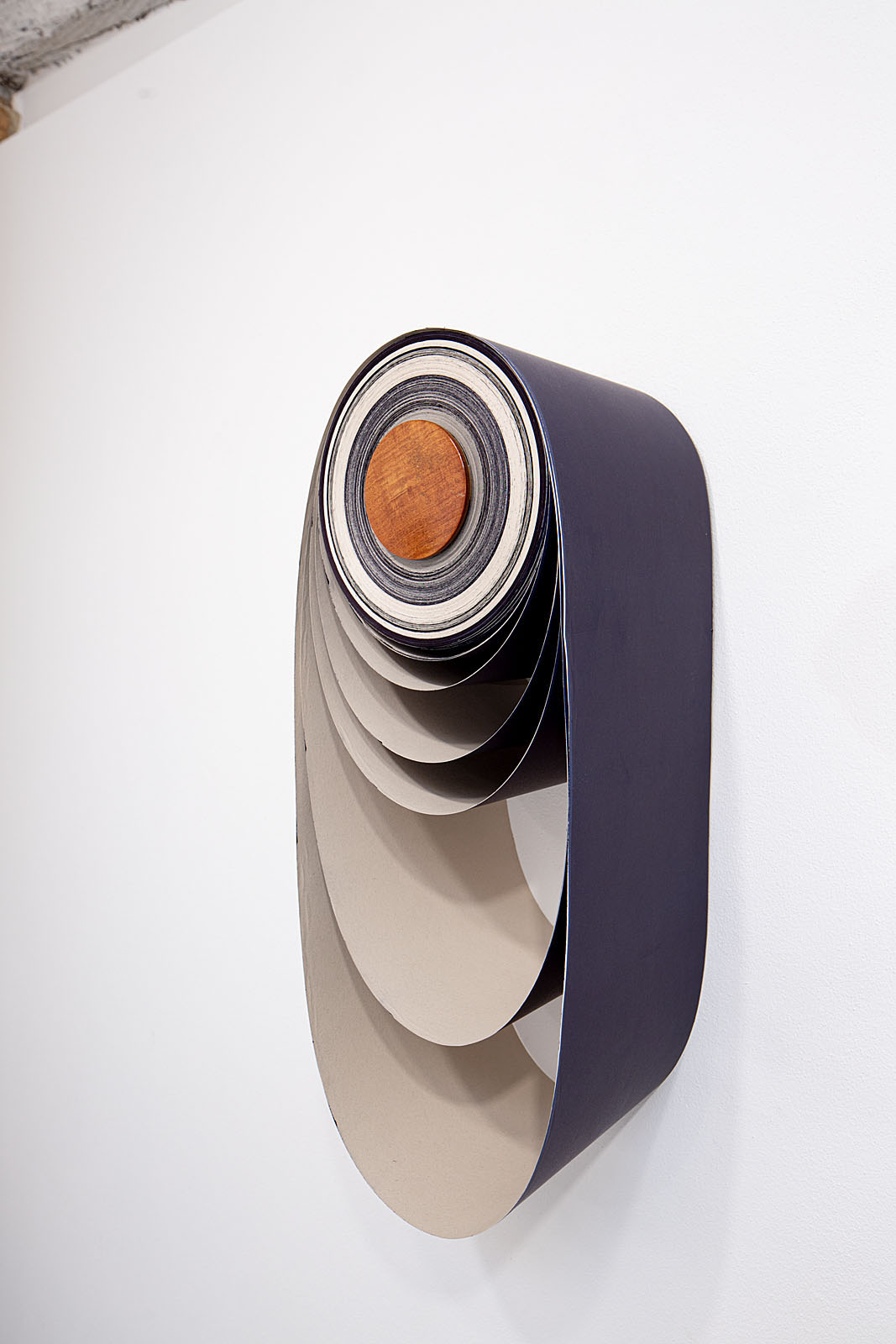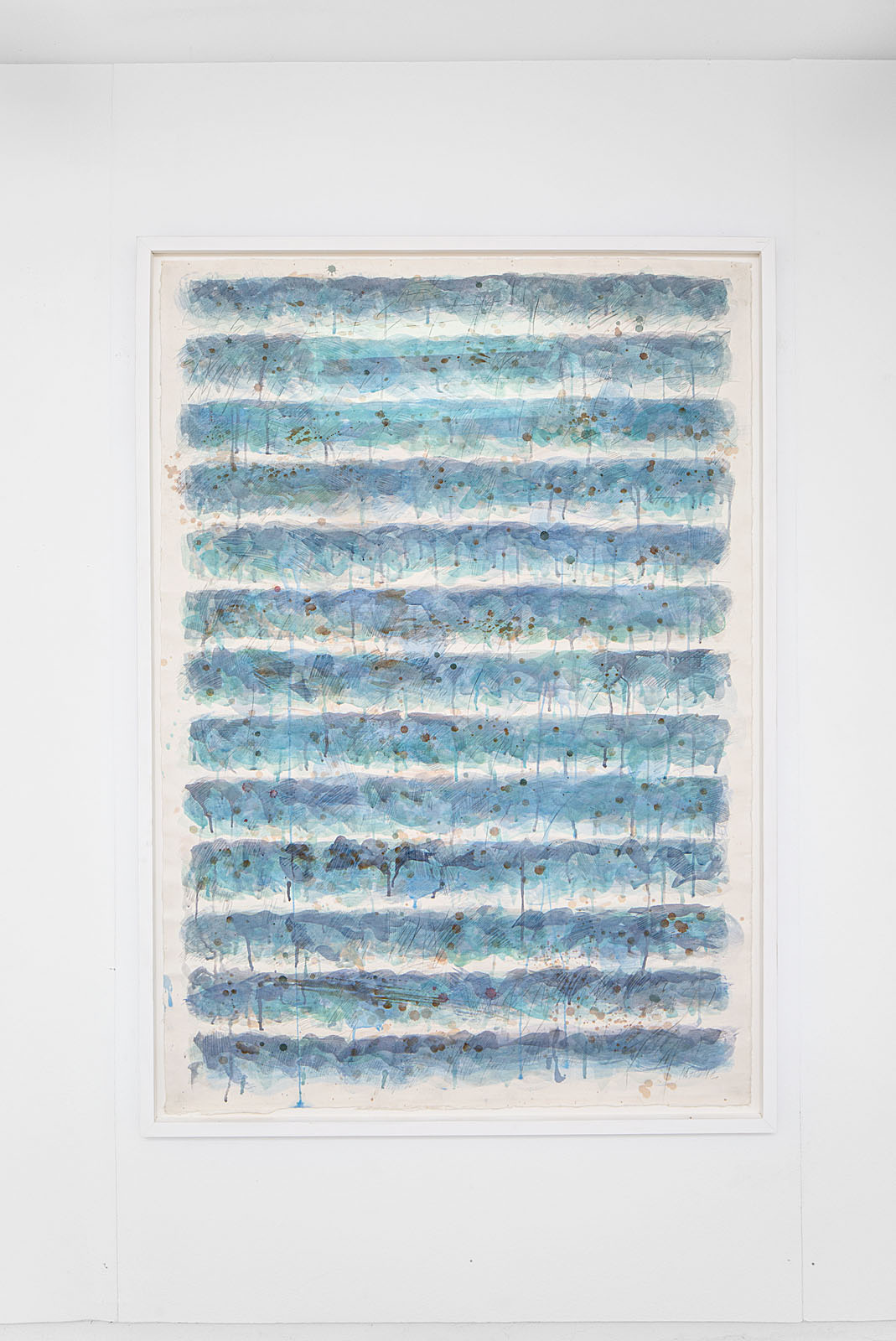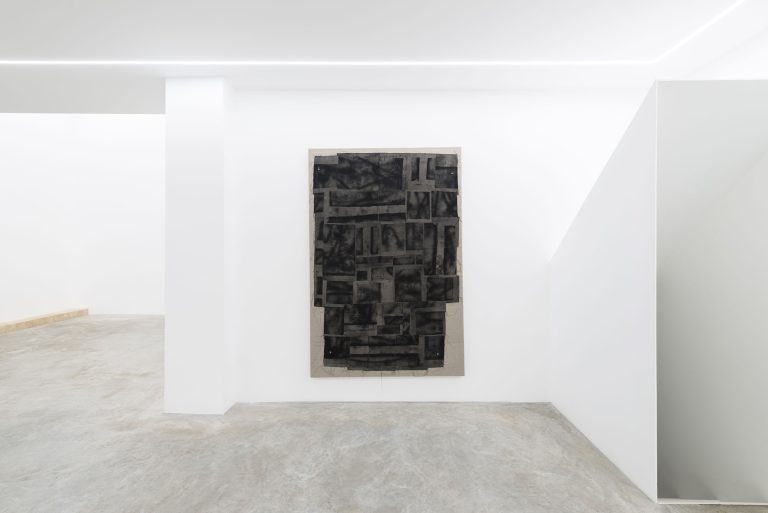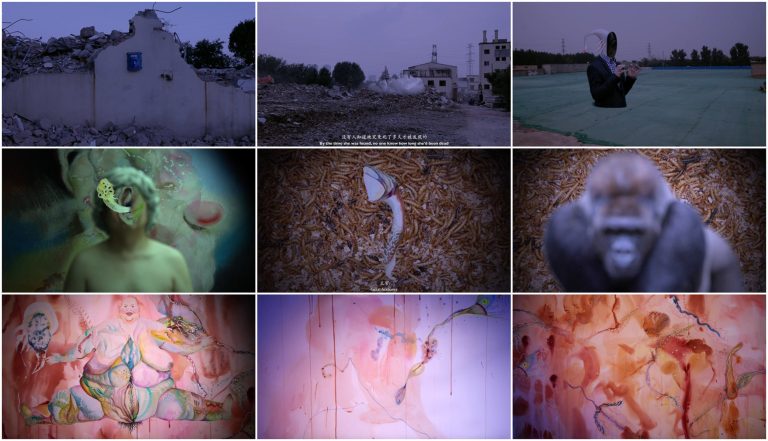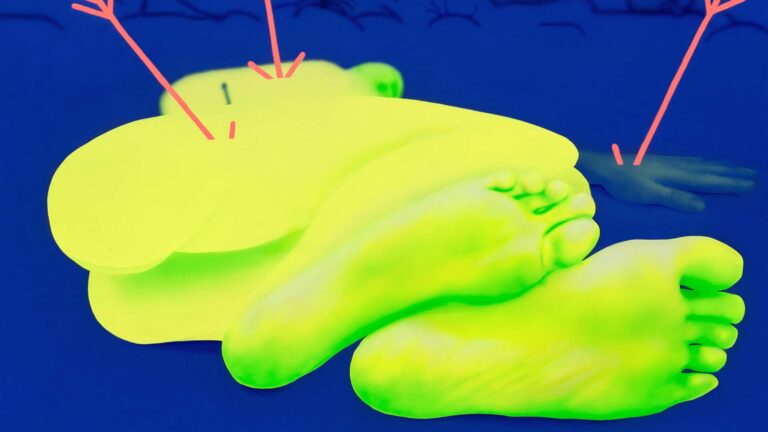Artists: Giuseppe Adamo, Stijn Ank, Mats Bergquist, Nancy Genn, Sophie Ko, Artur Lescher Túlio Pinto, Anne Laure Sacriste, Antonio Scaccabarozzi, Verónica Vázquez
Exhibition title: I Dreamed a Dream
Curated by: Domenico de Chirico
Venue: Marignana Arte, Venice, Italy
Date: November 30, 2019 – March 7, 2020
Photography: all images copyright and courtesy of the artists and Marignana Arte, Venice
In the two works of Aristotle which deal with dreams, they have already become a subject for psychological study. We are told that dreams are not sent by the gods and are not of a divine character, but that they are ‘daemonic,’ since nature is ‘daemonic’ and not divine. Dreams, that is, do not arise from supernatural manifestations but follow the laws of the human spirit, though the latter, it is true, is akin to the divine. Dreams are defined as the mental activity of the sleeper in so far as he is asleep.
Sigmund Freud, The Interpretation of Dreams, 1899 (Translation James Strachey, Perseus Books, 2010, p. 36)
Starting with Plato and Aristoteles, then going through the lyricism of Giovanni Boccaccio and successively the psychoanalytic theories of Sigmund Freud and Melanie Klein among others, up to the crucial discovery of the REM state owed to Eugene Aserinsky, dreams are unmistakably the action of the imagination during sleep.
Indeed, the dream (from Latin sŏmnium, derived from somnus, sleep) is a psychic phenomenon linked to sleep that generally occurs during the REM state and is strongly characterized by the perception, even fragmentary, of images and sounds recognized as apparently real, featuring a more or less coherent narrative structure, albeit often vain and fantastic, with prevailingly visual sensations and eventual emotional participation on behalf of the sleeping subject.
“I dreamed a dream” is designed as the content of a certain dream, never revealed, in which various images alternate, like the fantastic reproduction that occurs in the awareness of the content of a tangible experience or the free elaboration of what might be the content of said experience.
The evanescence of each individual work, present even among the sculptural elements alluding to the materiality of reality, seems to murmur tales of dreams that together form a single dreaming chorus. A collective unconscious is thus decanted, but this is not the collective unconscious of Carl Gustav Jung’s theories that works backward seeking an ancient substratum, but instead a dreaming unconsciousness that pursues fleeting lines on undefined backgrounds. Thus, a dream raised to its utmost potency, a dream dreamed made of so many dreams and of the flexible substance arisen from their interconnections.
The artistic practice of the Brazilian Tulio Pinto focuses on notions of balance between weight and matter, gravity and transformation. Using building and industrial materials like metal, cement, glass, etc. and combining them in surprising ways, Pinto creates a reflexive dialogue between the material itself, space, and the beholder, exploring ever new modalities of relationships through equally unexpected perspectives. The highly empathetic sculptural language and the vibratile webs laden with intimate narratives of the Uruguayan Verónica Vázquez, in which poor material, consisting of wire, wool, cotton, discarded metal, scraps of sheet metal, paper, bits of metal, etc., unquestionably dominates, strive – in a profound and delicate way – to achieve the quest for spatial harmony. The Georgian artist Sophie Ko with her Temporal Geographies – textural and shifting works – intends to display the relation between the concept of time and its relative images through a corollary ranging from gravity and destruction to depth and rebirth. Suggestively poised between minimalism and symbolism and closely linked to a sophisticated harmonic development of the elements, the work of the French artist Anne Laure Sacriste is focused on the ontological question of painting and the visual perception one usually has of it, creating an imaginary repertory extended between Nature and Dream. The Belgian Stijn Ank, wondering about where the surface of his work ends and where the space around it begins, through his sculptural “instances” offers us an in-depth visual investigation on the relationship between matter and void, remote from every kind of actual reality. The Swede Mats Bergquist, through his poetics of fascinatingly iconic and ambiguous reduction, generates a concave world made of tactile silence and light austerity. The Italian Giuseppe Adamo thinks of the pictorial language working in a borderline land between figuration and abstraction. His works are smooth and shiny surfaces, entirely without the thickness of the material, out of which arise landscapes that probably never existed but are obviously possible. The Brazilian Artur Lescher often creates post-minimal installations and sculptures denoted by a great force arisen from architecture. Through his works, conceived as authentic narrative structures, Lescher constantly refers to natural elements that, faultlessly reproduced by industrial processes, disclose hidden allusions; his works emerge subtly like poetic gestures in space conveying together strength and instability, balance and motion, tension and silence; with his solemn installations Lescher strives to create new volumes, analyzing the relationship between full and empty spaces. With their spiritual source the handmade paper works of the Californian artist Nancy Genn are always focused on the concept of Nature and an intimate relationship with the landscape, while intensely influenced by a passion for water, the importance of layering and the use of the written word: together they create a total environment. Starting from non-figurative painting and tackling the issues of visual, structural, conceptual, and programmed art that is then reversed in the name of total pictorial freedom in terms of reason and emotion, the Italian Antonio Scaccabarozzi, with his boundless quantities of color spread over surfaces of various natures, proposes colored worlds made of lightness, transparency, and versatility.
Each work is accompanied by few verses by the poet Paolo Gambi. He tries to penetrate the essence of creation and translate it into words, starting from the experimental exploration of the relationship between visual art and poetry.

